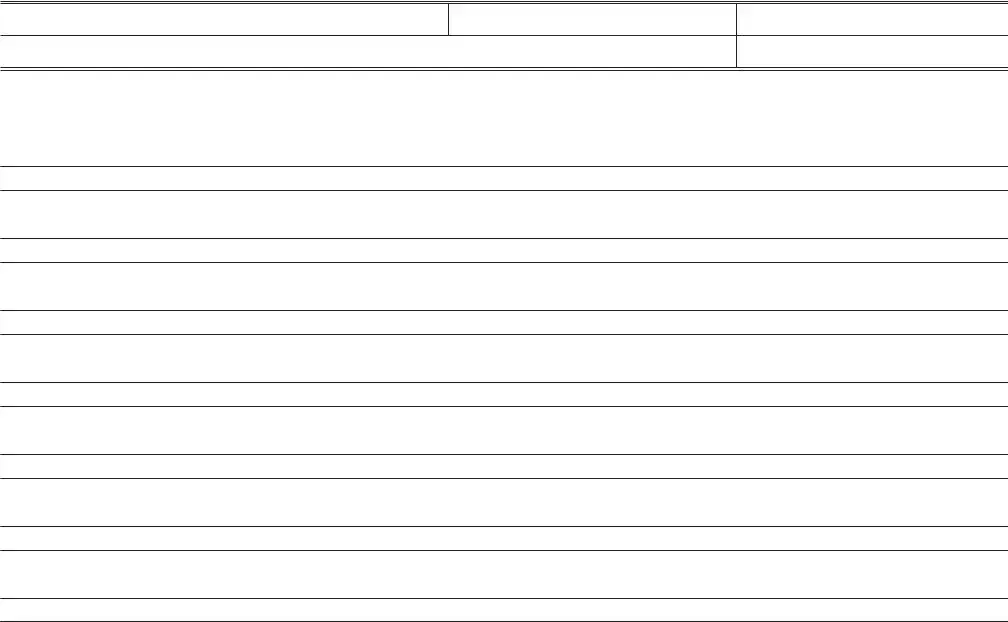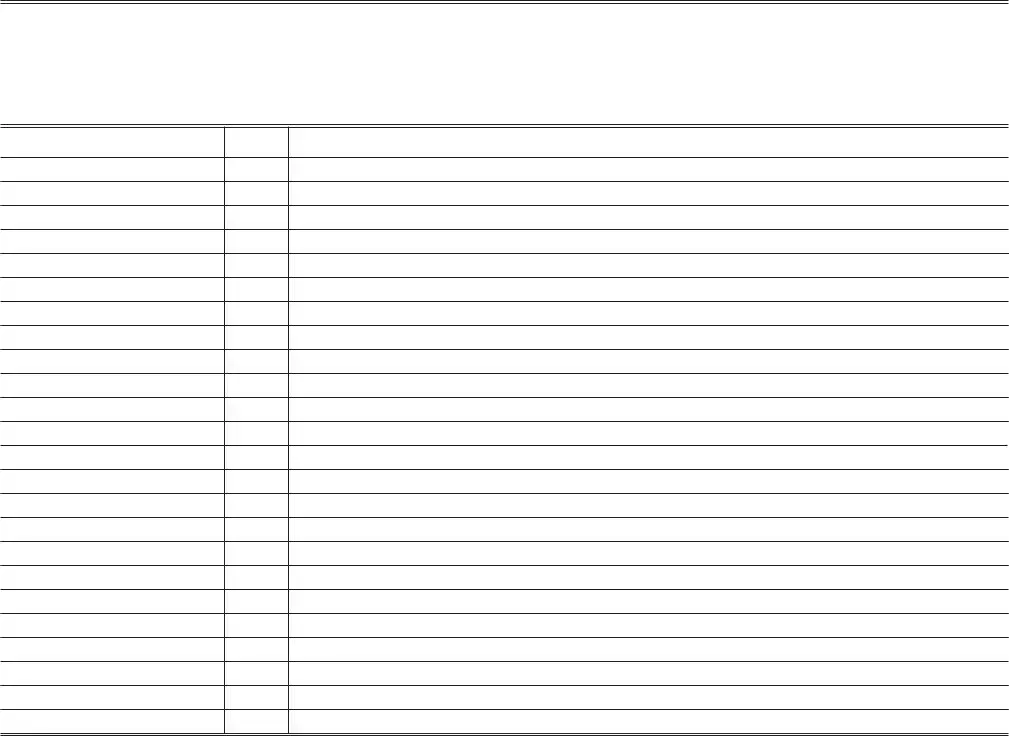The I-9 Employment Eligibility Verification form shares similarities with the LIC 500 form, particularly in its requirement for personnel verification. Much like the LIC 500 mandates a background check for certain staff, the I-9 form requires employees to prove their eligibility to work in the United States. Both forms play a crucial role in ensuring compliance with regulatory requirements, albeit for different purposes: the LIC 500 for safety in health and human services facilities, and the I-9 for employment eligibility under federal law.
The W-4 Employee's Withholding Certificate is another document that resembles the LIC 500 form in its function of gathering important information from employees. Whereas the LIC 500 form collects data pertinent to background checks and employment specifics within health and human services, the W-4 focuses on determining the appropriate level of federal income tax to withhold from an employee's paycheck. Both are essential for regulatory compliance and are completed upon employment.
The Employee Health Certification, often required in industries where health and safety are paramount, shares commonalities with the LIC 500 form. This certification typically verifies that an individual is free from communicable diseases, similar to how the LIC 500 ensures staff meets health and safety standards through background checks. Both documents aim to protect the well-being of everyone involved, whether in a healthcare setting, residential facility, or another environment.
The OSHA Form 300, which is used for recording and reporting workplace injuries and illnesses, parallels the LIC 500 in its focus on maintaining a safe environment. Although the OSHA Form 300 pertains to workplace safety and the LIC 500 to personnel compliance in a health and human services context, both underscore the importance of adhering to regulations designed to protect individuals within their respective settings.
Similar to the LIC 500, the Emergency Contact Information Form is a critical document in the context of personnel management. While the LIC 500 includes details such as job titles and hours of duty, emergency contact forms gather personal information that can be vital during unexpected situations. Both forms contribute to a framework where the safety and well-being of those in a facility or organization are prioritized.
The Volunteer Application Form, often used by non-profits and similar organizations, mirrors the LIC 500 in its collection of applicant information, including areas of expertise and availability. Like the LIC 500's detailed record of personnel, these applications help organizations ensure volunteers are well-suited and cleared for their roles, reflecting a mutual concern for proper placement and safety regulations.
The Professional Licenses and Certifications Record is akin to the LIC 500 form in its emphasis on professional qualifications. This document tracks the status and validity of an individual's professional licenses or certifications, parallel to how the LIC 500 monitors specialized staff credentials and compliance with health and safety codes, highlighting the importance of maintaining up-to-date and relevant qualifications in both contexts.
Training Record Sheets bear resemblance to the LIC 500 form through their role in documenting personnel competencies. Just as the LIC 500 includes information on the scope of duties and background checks, training records serve to verify that individuals have received and completed necessary training specific to their roles, ensuring competency and compliance within an organization.
The Background Check Authorization form is directly comparable to the LIC 500 form, specifically in its requirement for a clear criminal history for certain positions. Both forms are instrumental in vetting the backgrounds of individuals in sensitive roles, ensuring they meet specific regulatory or organizational standards for safety and security.
Lastly, the Confidentiality Agreement overlaps with the LIC 500 in its focus on maintaining a secure and compliant environment. While the LIC 500 form ensures that personnel meet specific health and safety standards, confidentiality agreements protect sensitive information. Both are integral to fostering a safe, compliant, and trustworthy environment within their respective domains.


